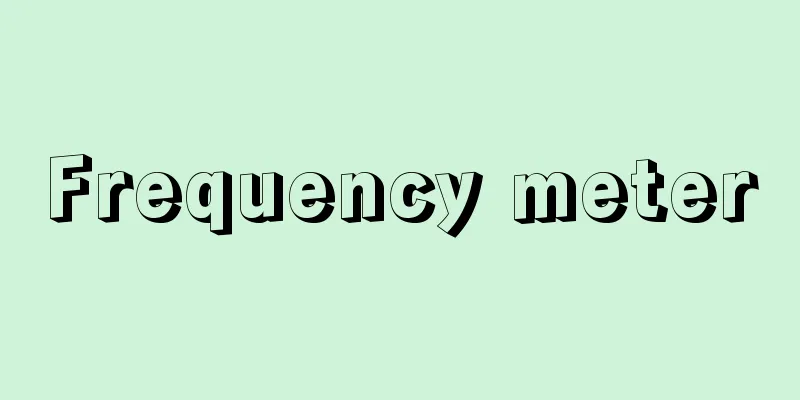Zhu Shijie - Shusei Ketsu

|
Date of birth and death unknown. A mathematician active in China in the early Yuan Dynasty, in the second half of the 13th century. His pen name was Hanqing and his pen name was Matsutei. He was born in Yanshan, near Beijing in northern China, and is said to have traveled around the country teaching mathematics for over 20 years, eventually settling in Yangzhou, a town downstream of the Yangtze River where commerce flourished at the time, and living as a mathematics professor. Before this, almost all mathematicians who appear in the history of mathematics in China were government bureaucrats, but the emergence of a private citizen like Zhu Shijie, who specialized in mathematics, was a new movement worthy of attention. The background to this is the social conditions of this period, when commerce and industry were developing and the demand for mathematics was increasing. Zhu Shijie wrote "Sangaku Keimou" (Enlightenment of Mathematics) in 1299 and "Shigen Gyokukan" (Inscribed Mirror of the Four Elements) four years later in 1303. "Sangaku Keimou" is an excellent book on mathematics that includes the four arithmetic operations of place value, units, positive and negative numbers, buying and selling, proportion, and finding the area of plane figures. Towards the end of the book, there is a section that uses the so-called Tengenjutsu (Temple of the Element), a type of algebra that was being perfected at the time and uses counting sticks to solve higher-order equations with one variable. This book was introduced to Japan via Korea and had a great influence on mathematicians of the Edo period. Takebe Katahiro (Takebe Katahiro), a disciple of the Japanese mathematician Seki Takakazu (Takakazu), wrote "Sangaku Keimou Genkai Taisei" (The Complete Explanation of Mathematical Enlightenment) in 1690 (Genroku 3). The Shigen Gyokukan describes how to solve higher-order equations involving four elements, and shows that extremely advanced mathematics existed in 13th-century China, but this was far from practical. This book was not transmitted to Japan. [Shinichi Oya] [Reference] |Source: Shogakukan Encyclopedia Nipponica About Encyclopedia Nipponica Information | Legend |
|
生没年不詳。中国、元代初期、13世紀の後半に活躍した数学者。字(あざな)は漢卿(かんけい)、号を松庭といった。華北の北京(ペキン)に近い燕山(えんざん)に生まれ、20余年間にわたって各地を遊歴し、数学を教えたといわれ、最後には、当時商業が栄えていた揚子江(ようすこう)下流の町、揚州(ようしゅう)に落ち着き、数学教授をして生活を送った。これ以前、中国の数学史に出てくる数学者というのはほとんどすべて政府の官僚であるが、民間人で数学を専門の職業とする朱世傑のような人物が出てきたことは新しい動きとして注目に値する。その背景には、この時代になって、商工業が発達し、数学への要求が増えてきた社会的条件があげられる。 朱世傑の著書には1299年の『算学啓蒙(さんがくけいもう)』と、その4年後の1303年に著した『四元玉鑑(しげんぎょくかん)』がある。『算学啓蒙』は、位取りや単位、正負の数の四則、売買、比例、平面図形の求積などを含む優れた数学書であるが、その最後のほうに、当時完成されつつあった代数学の一種で、算木(さんぎ)を用いて一元高次方程式を解く、いわゆる天元術(てんげんじゅつ)を使用した部分がある。この書は、朝鮮を経て、日本にも伝わり、江戸時代の数学者に大きな影響を与えた。和算家関孝和(たかかず)の弟子の建部賢弘(たけべかたひろ)は1690年(元禄3)『算学啓蒙諺解大成(げんかいたいせい)』を著した。『四元玉鑑』は四元の高次方程式を解く方法を記載、13世紀の中国にきわめて高等な数学があったことを示しているが、これは実用には遠かった。この書は日本には伝わらなかった。 [大矢真一] [参照項目] |出典 小学館 日本大百科全書(ニッポニカ)日本大百科全書(ニッポニカ)について 情報 | 凡例 |
<<: Principal component analysis - Principal component analysis
Recommend
Sultan al‐Aṭrash
1891‐1982 A Lebanese Druze political leader. He ca...
disharmonic growth
…It is a term used to describe the change in form...
Words - Tango
The smallest unit of language that expresses a si...
Epitaxial wafer
...In the case of integrated circuit elements, si...
Satsuma version - Satsumaban
〘Noun〙 This refers to books published in Satsuma P...
Shiloah
…Although the city receives rainfall in the winte...
Irish National Assembly - Dáil Éirean
The Irish parliament was established in Dublin in ...
Chionanthus virginica (English spelling)
… [Toshio Hamatani]. … *Some of the terminology t...
Cnidos - Kunidos (English spelling)
An ancient Greek city located on the southern coa...
Celebrating a good catch - Tairyo Iwai
Called Man'iwai or Maiwai, these are festivals...
Ludvík I (English spelling)
…The Jagiellonian dynasty's advance into Cent...
warm temperate zone
…It is a climate zone, also called the warm tempe...
Vibrio parahaemolyticus
Formerly known as pathogenic halophilic bacteria, ...
Honey mushroom
...The unique mycelium bundles of the armillaria ...
Eltateha - Eltateha (English spelling) false comma
This butterfly belongs to the order Lepidoptera, ...









